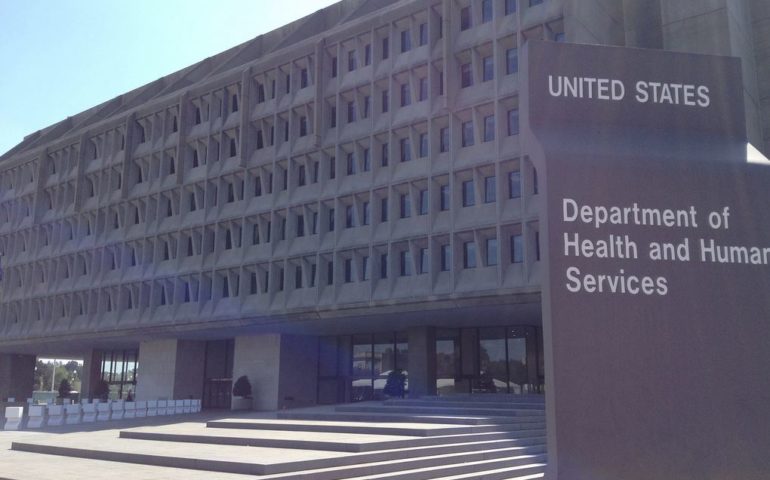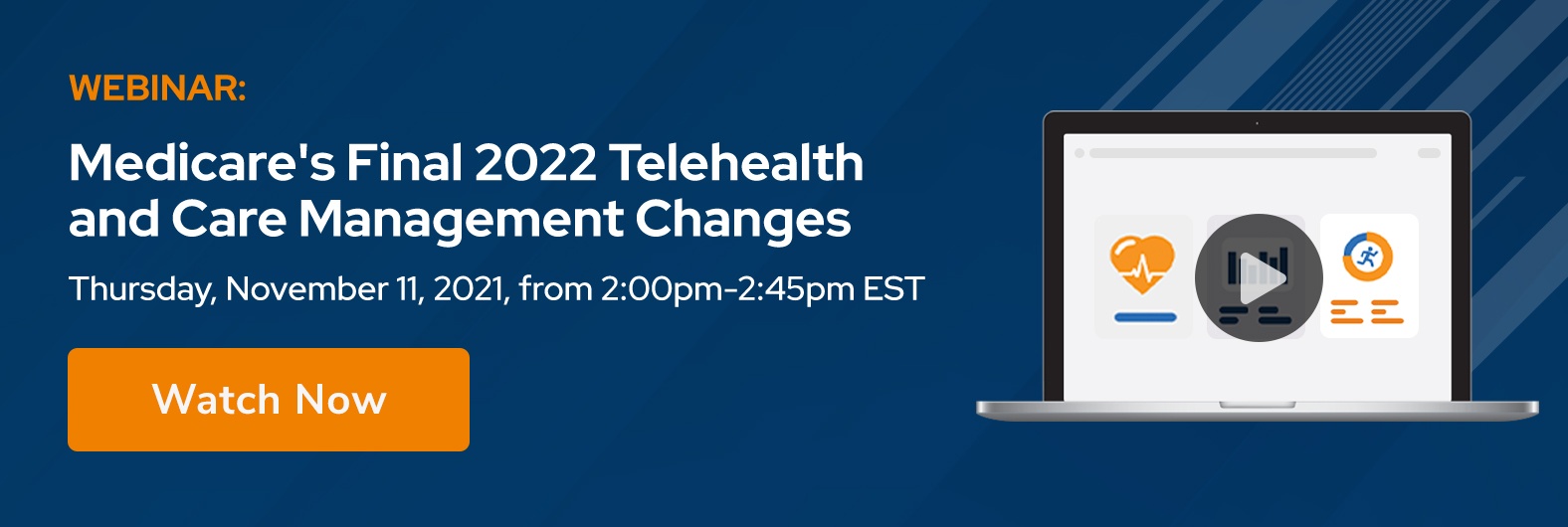In an unusual development — albeit a welcomed one — the Centers for Medicare & Medicaid Services (CMS) has issued a correction to the 2021 Medicare physician fee schedule final rule that clarifies several areas of confusion concerning the billing requirements for remote patient monitoring (i.e., remote physiological management).
Here are three key takeaways from the correction.
1. Activities Covered Under CPT 99457 and CPT 99458
CMS clarified that the 20 minutes of time associated with billing CPT 99457 and CPT 99458 should include care management services and synchronous, real-time interactions. In other words, "interactive communication," as CMS previously defined, contributes to the total time but is not the only activity that should be included in the total time.
As CMS states, "… the 20-minutes of intra-service work associated with CPT codes 99457 and 99458 includes a practitioner's time engaged in 'interactive communication' as well as time engaged in non-face-to-face care management services during a calendar month."
Although CMS makes clear that some amount of “interactive communication” (i.e., telephone or video conferencing) is required each month, it does not specify the reasonable or expected proportion of such communication in each 20-minute code.
Takeaway: Providers can now bill CMS for both interactive communications and remote care services rendered under CPT 99457 or CPT 99458. As such, each 20-minute code can be comprised of chart review, care planning, and patient messaging as well as real-time audio communication.
2. Single Practitioner Delivery of Remote Patient Monitoring Services
CMS clarified — or essentially reiterated — its position that only a single practitioner can bill CPT 99453 and CPT 99454 during a 30-day period. This is a departure from the generally accepted interpretation of the previous final rule, where it was inferred that separate providers could bill for the same patient for different RPM devices (e.g., a pulmonologist monitoring peak flow readings while a bariatrician monitors weight.)
Takeaway: This emphasizes the importance of practitioners identifying whether potential remote patient monitoring patients are already receiving RPM services from another practitioner.
3. Sixteen-Day Requirement
CMS sought to clarify confusion around the number of measurement-days required for billing CPT codes 99453 and CPT 99454. The confusion stems from the waiver issued during the public health emergency that permitted providers to deliver and bill for remote patient monitoring services to patients with a suspected or confirmed case of COVID-19. In such instances, providers could bill for RPM services as long as they were provided for (i.e., measurements were taken on the RPM device) at least two days (i.e., two-day requirement).
Language in the final rule and a subsequently published fact sheet did not clearly associate the two-day requirement with COVID-19 patients (suspected or confirmed cases), leading some to interpret that the two-day requirement could apply to all patients during the public health emergency.
While the correction document also does not specifically mention COVID-19 patients, the public health emergency, or the waiver, it seeks to clarify what is currently required for RPM billing. The clarification document states, "The medically necessary services associated with all the medical devices for a single patient can be billed … when at least 16 days of data have been collected."
Takeaway: The agency's emphasis on "16 days" should be interpreted to mean that this figure — as opposed to two days — is the current default requirement, with only those exceptions actually identified under the waiver acceptable for the two-day requirement.
You can access the correction document here.
Guidance for Remote Patient Monitoring Programs
Medicare reaffirmed support for remote patient monitoring programs in the 2021 rules, both in its expansion of the program and within its rule commentary. Medicare will continue to clarify the blurry margins of what qualifies for RPM to avoid abuse while continuing to increase the overall scope and coverage of the program.
Organizations with remote patient monitoring programs should evaluate how they are billing for RPM to account for these changes, if necessary. In addition, it may be worthwhile for organizations to assess the manner in which they have billed for RPM to date to determine whether any claims are likely to have violated the now-clarified CMS rules. Even if there is a good argument to make that a practice used a good-faith and reasonable interpretation of the rules as they stood at the time of billing, it is important to assess and qualify possible issues and risks going forward.


